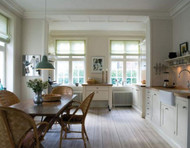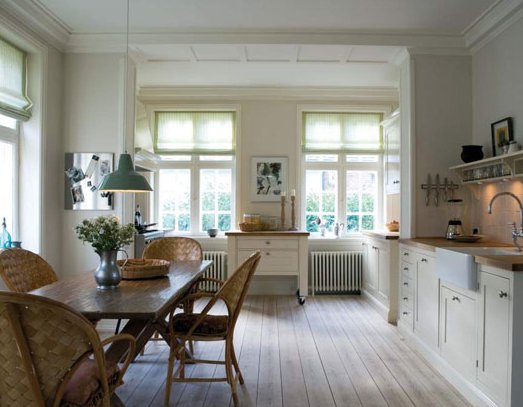How to Choose Paint Colours
Posted by Celtic sustainables on 12th Jun 2023
It’s easy to look at a paint chart and pick out all the colours you like, but imagining those in the room you’re planning on painting – and knowing what different colours will look like when they’re put together – can be a much harder thing to do.
That’s why we’ve put together this handy guide to choosing paint colours, which you can read through before you order so that you’ll never pick the wrong paint again!
1. Keep it personal
You want the colour of your walls to reflect you and your tastes, using colour combinations that mean something and cause an emotional reaction. Remember that one colour might look very different when combined with another, creating a completely new effect. The best palette, according to Grand Designs presenter Kevin McCloud, is “a palette that’s not just a set of interesting or strong colours: it’s something that has its own identity above those colours and which can trigger strong associations, sometimes in our subconscious, of a time or place or emotion.”
 2. Keep a colour scrapbook
2. Keep a colour scrapbook
Whenever you think of or spot a colour combination you like, make sure you record it. Your scrapbook can be filled with postcards, magazine spreads, photographs, or fabric swatches. You’ve probably got a camera in your mobile ready at all times, so utilise it to take visual notes of the colours you see when you’re out and about.
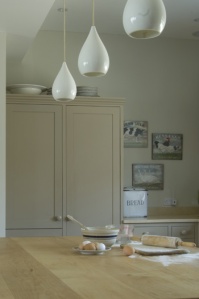 3. Know your tones
3. Know your tones
Choose a harmonious, tonal colour scheme to create a truly relaxing space. What does this mean? It’s where you pick paints adjacent to each other on the colour wheel, combining them to create a balanced effect. Tonal schemes are created by selecting various shades of the same colour. Pick several shades from the same segment of the colour wheel or the same stripe card to develop
a harmonious scheme.
 4. Creating contrast
4. Creating contrast
Choose contrasting paint colours to go in the opposite direction and create a vibrant, expressive look. Pick a primary colour, then find its direct opposite on the colour wheel. This can be used as an accent colour or to form a hard-hitting feature wall.
 5. Utilise light
5. Utilise light
Could you take into consideration the aspect of every room? A north-facing room can feel cold and gloomy, so use reds, oranges, and yellows to warm it up a little. South-facing rooms can be made cooler using fresher shades of blue or green.
 6. Don’t forget the furniture
6. Don’t forget the furniture
Unless you’re planning a complete refurbishment, it’s best to consider the furniture you already own. You’ll want your pieces to incorporate easily into the scheme, and you can even use existing furniture as a starting point for your chosen colours. Perhaps a particular fabric has a lovely shade of green you want to replicate on the walls, so take a picture or piece of it when you go paint shopping.
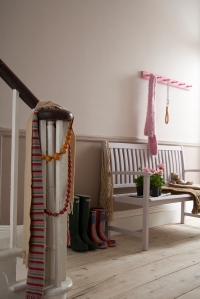 7. Think about the flow
7. Think about the flow
The room you’re decorating doesn’t sit alone in the house, so it is a good idea to consider how the colours of any adjoining rooms work with the paint you choose. Adjoining spaces should either harmonise or contrast, as opposed to clash.
 8. Fix a theme
8. Fix a theme
When choosing paint, you want your choice of colours to reflect you and the things you own. You should create an earthy, organic feel, a vintage look, or a more modern atmosphere. You can choose which you choose will depend upon you and your belongings. Earthy schemes are created using colours like terracotta or ochre. Vintage looks utilise muted shades, whilst a modern feel is achieved using more vivid colours like violet, lime green, magenta, and cyan (but it’s probably best not to use all of these together). The great idea is to look outside for colour inspiration. Read these tips on decorating for the four seasons.
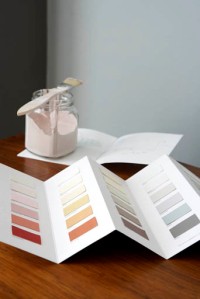 9. Pick up paint samples or tester pots!
9. Pick up paint samples or tester pots!
This is very important, especially if you’re buying paint online. The colour of paint will look different on almost every screen, so you’ll need to get hold of an actual sample to determine what it looks like on the walls of your home. Paint a big patch of the wall, and watch how the colour changes as the light alters throughout the day to be sure you like it at all times.
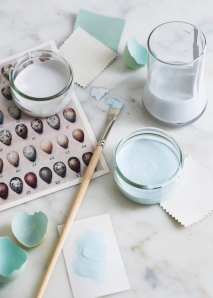 10. Buy from the same batch
10. Buy from the same batch
It can never be guaranteed that one kind of paint will be the same if it comes from different batches, so make sure you buy all your colours from one batch to avoid any variations.
 One last thing: choose Low to No-VOC Paint
One last thing: choose Low to No-VOC Paint
Many commercially available paints are packed with harmful VOCs (Volatile Organic Compounds) that remain in the air for years after a room is painted (the chemicals that give colour that characteristically toxic smell). They’re incredibly harmful to sufferers of respiratory problems such as asthma but cause harm to anyone exposed to them. Thankfully, there are low- or no-VOC paints (sometimes known as zero-voc or voc-free paints) such as Graphenstone and Earthborn, so you needn’t breathe in nasty stuff.
This article was originally posted here.


